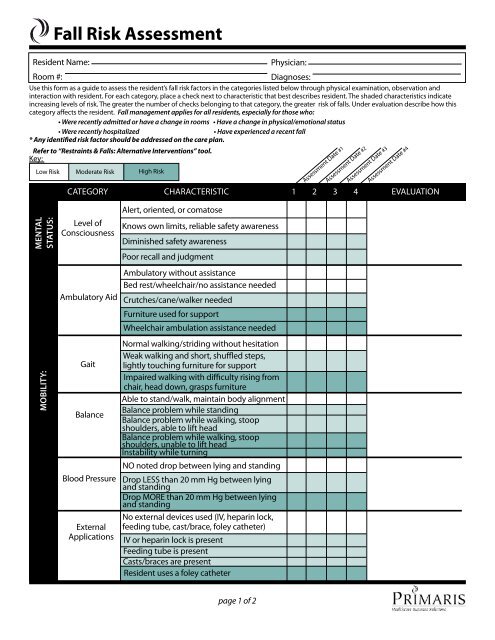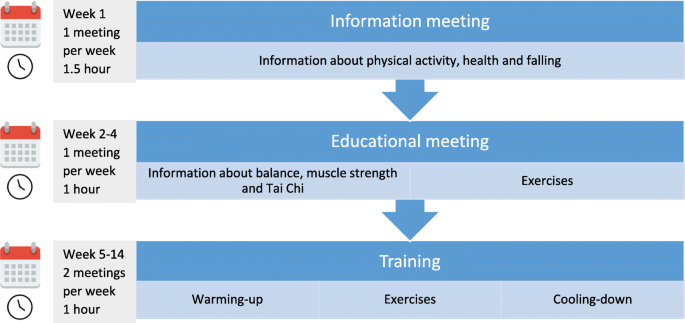About Dementia Fall Risk
Wiki Article
The Ultimate Guide To Dementia Fall Risk
Table of ContentsAn Unbiased View of Dementia Fall Risk7 Easy Facts About Dementia Fall Risk ExplainedHow Dementia Fall Risk can Save You Time, Stress, and Money.Not known Factual Statements About Dementia Fall Risk
An autumn threat evaluation checks to see how likely it is that you will certainly drop. The assessment typically includes: This includes a series of inquiries concerning your overall wellness and if you have actually had previous falls or problems with equilibrium, standing, and/or strolling.Treatments are referrals that might reduce your danger of falling. STEADI includes three actions: you for your risk of falling for your risk elements that can be improved to attempt to protect against falls (for instance, balance troubles, damaged vision) to decrease your threat of dropping by using reliable methods (for instance, supplying education and sources), you may be asked a number of concerns consisting of: Have you dropped in the previous year? Are you worried concerning dropping?
If it takes you 12 secs or even more, it may indicate you are at higher danger for an autumn. This examination checks strength and balance.
Move one foot halfway onward, so the instep is touching the large toe of your other foot. Move one foot totally in front of the other, so the toes are touching the heel of your other foot.
The Facts About Dementia Fall Risk Uncovered
Many falls take place as an outcome of multiple adding variables; as a result, taking care of the danger of falling starts with determining the variables that contribute to fall risk - Dementia Fall Risk. Several of the most pertinent danger factors consist of: Background of prior fallsChronic medical conditionsAcute illnessImpaired gait and equilibrium, reduced extremity weaknessCognitive impairmentChanges in visionCertain risky medications and polypharmacyEnvironmental factors can likewise boost the risk for falls, including: Inadequate lightingUneven or damaged flooringWet or slippery floorsMissing or harmed handrails and grab barsDamaged or poorly fitted tools, such as beds, wheelchairs, or walkersImproper usage of assistive devicesInadequate guidance of individuals residing in the NF, including those who exhibit hostile behaviorsA effective loss danger management program needs an extensive medical assessment, with input from all members of the interdisciplinary group

The treatment strategy must likewise consist of interventions that are system-based, such as those that promote a secure atmosphere (proper lights, hand rails, order bars, and so on). The effectiveness of the interventions need to be reviewed regularly, and the care plan revised as required to reflect changes in the autumn risk analysis. Applying a fall danger administration system using evidence-based ideal method can decrease the frequency of falls in the NF, while limiting the possibility for fall-related injuries.
Some Known Questions About Dementia Fall Risk.
The AGS/BGS guideline suggests evaluating all grownups matured 65 years and older for fall risk each year. This screening includes asking individuals whether they have actually fallen 2 or even more times in the previous year or looked for clinical attention for a fall, or, if they have actually not dropped, whether they feel unstable when strolling.People who have fallen once without injury must have their balance and stride assessed; those with gait or equilibrium abnormalities should receive additional analysis. A history of 1 fall without injury and without gait or equilibrium problems does not call for additional analysis hop over to these guys beyond ongoing yearly autumn threat testing. Dementia Fall Risk. A fall threat analysis is needed as part of the Welcome to Medicare exam

Examine This Report about Dementia Fall Risk
Recording a falls background is among the top quality indicators for loss prevention and administration. A crucial component of danger assessment is a medication review. Several courses of drugs raise autumn danger (Table 2). Psychoactive drugs particularly are independent predictors of falls. These medications have a tendency to be sedating, modify the sensorium, and impair equilibrium and stride.Postural hypotension can typically be relieved by reducing the dose of blood pressurelowering drugs and/or quiting drugs that have orthostatic hypotension as a side impact. Use above-the-knee support tube and copulating the head of the bed raised might also minimize postural decreases in blood pressure. The suggested aspects of a fall-focused physical exam are received Box 1.

these details A TUG time above or equivalent to 12 seconds recommends high fall risk. The 30-Second Chair Stand test examines lower extremity toughness and balance. Being not able to stand up from a chair of knee height click over here without making use of one's arms shows increased loss risk. The 4-Stage Equilibrium examination analyzes static balance by having the individual stand in 4 settings, each progressively more challenging.
Report this wiki page